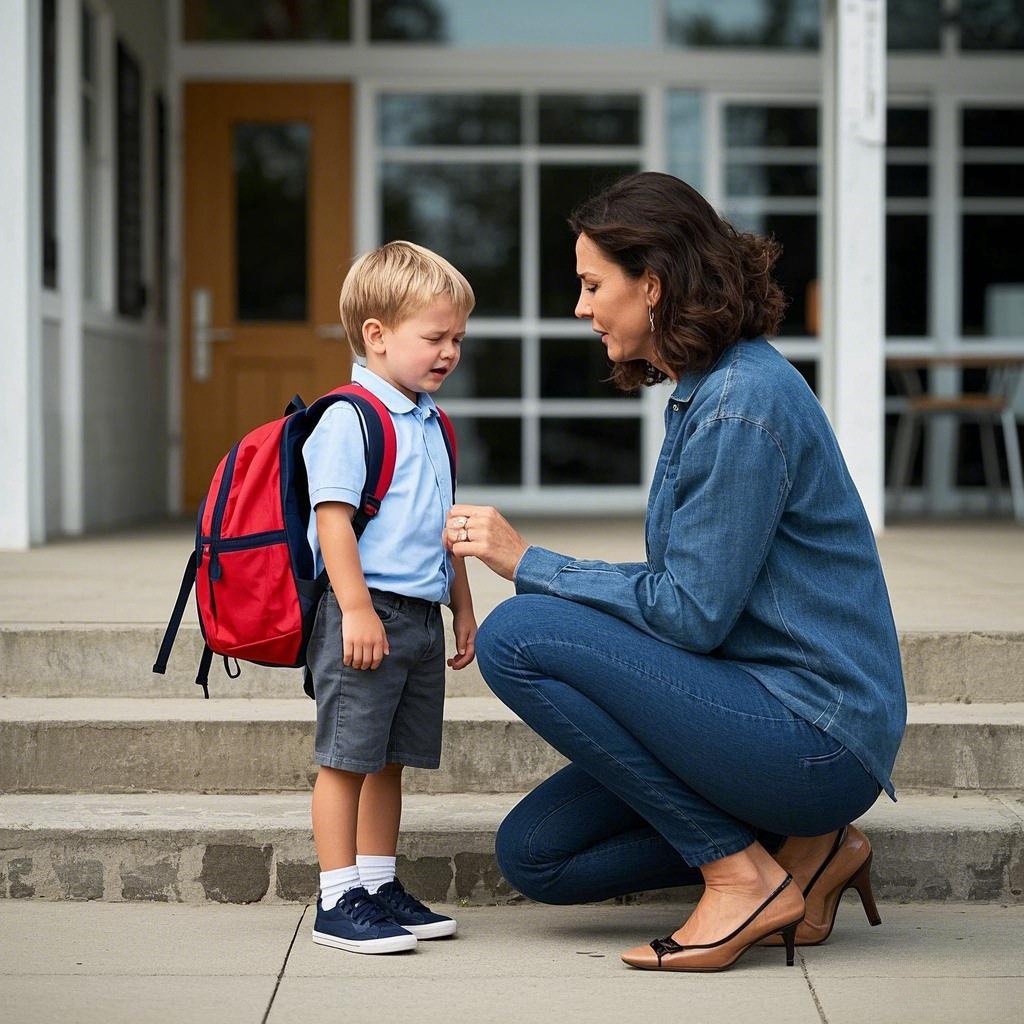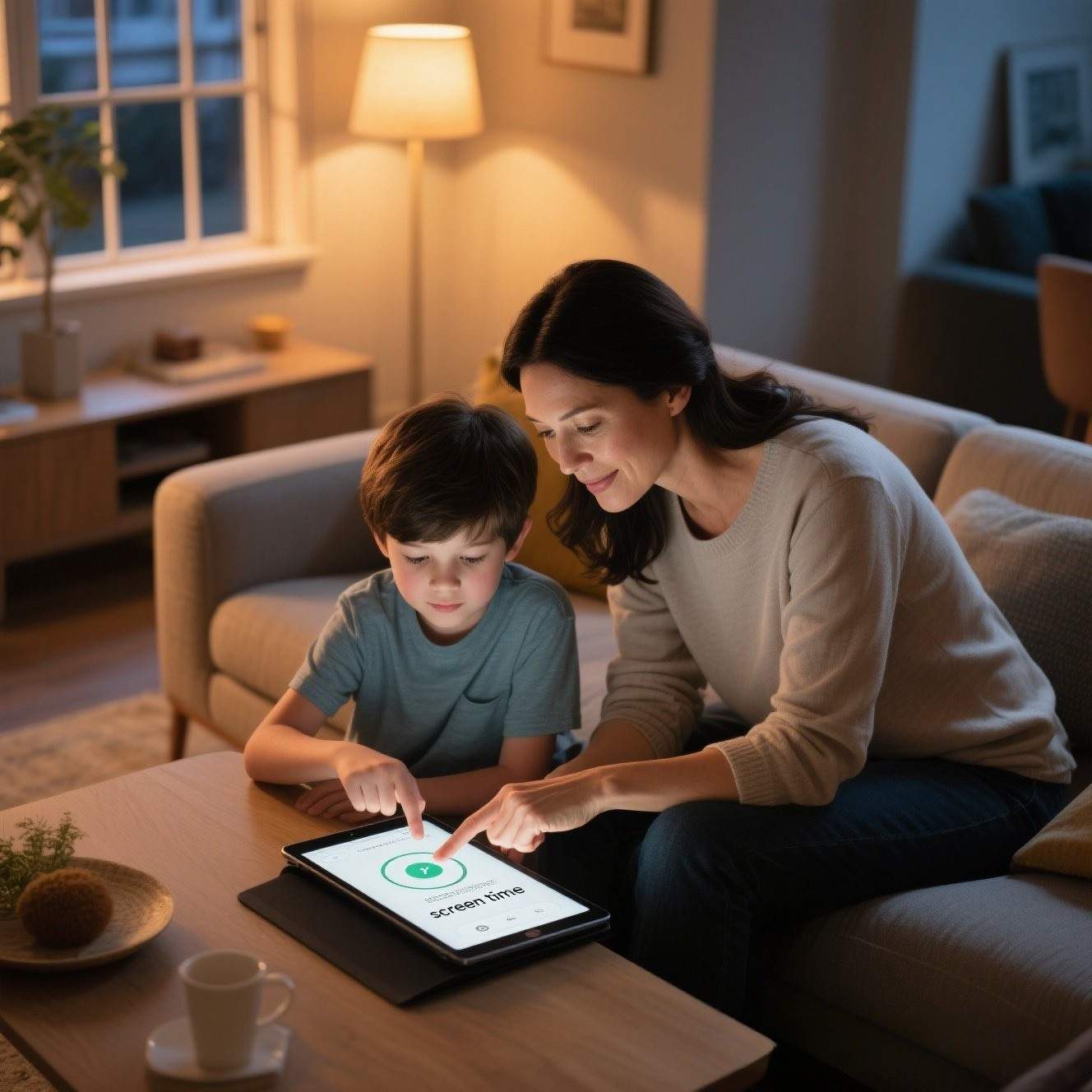Introduction
Screens are now woven into nearly every corner of childhood—classrooms stream digital lessons, grandparents pop up on video calls, and cartoons fill grocery-store queues. For many parents, the real question is no longer whether kids will encounter digital media but how to guide those encounters so they enrich rather than derail healthy development. Pediatricians and media researchers often distill that guidance into a simple framework known as **the three C’s of screen time: Content, Context, and Child. These three lenses help families move beyond blunt time limits and toward thoughtful choices that honor children’s curiosity, protect their wellbeing, and fit each household’s values. In this article, we’ll unpack what each “C” means, explain why they matter, and offer practical strategies you can start using today—all while sidestepping the guilt-ridden extremes of total bans or unchecked bingeing.
1. What Exactly Are the Three C’s?
Before diving into tactics, it helps to understand the logic behind the model. Content refers to what a child is actually watching, playing, or reading on the screen. Context looks at the circumstances surrounding that media use: who’s present, what else is happening, and how the experience is integrated into real-world routines. Child zooms in on the unique developmental stage, temperament, interests, and needs of the kid in front of you. Think of the 3 C’s as a set of filters. When all three align—high-quality content, supportive context, and a good fit for the individual child—screen time becomes a tool for learning, creativity, and connection. But when even one “C” slips, digital experiences can veer toward distraction or distress.
Parents often find the framework liberating because it shifts the conversation away from hard minutes and toward richer questions: Is this video sparking my daughter’s love of dinosaurs, or is it just noisy filler? Am I co-viewing and talking, or letting autoplay babysit while I cook? How does my four-year-old’s sensitivity to loud sounds factor in? Framed this way, screen choices feel less like compliance with an external rulebook and more like active, values-driven parenting.

2. The First C: Content—Quality Over Quantity
Why Content Matters
Research consistently shows that what children watch is at least as important as how long they watch. Slow-paced, narrative-driven shows such as “Bluey” or interactive edu-games scaffold language, empathy, and problem-solving. In contrast, fast-cut, ad-saturated content can overstimulate younger brains and prime short attention spans. Pediatrician and media scholar Dr. Michael Rich often reminds parents that “media is like nutrition: a doughnut and a salad both occupy a plate, but only one fuels healthy growth.”
Spotting High-Quality Content
- Educational Intent: Look for programs or apps created with child-development experts.
- Pace and Interactivity: Younger kids benefit from slower editing and prompts that invite pauses or viewer responses.
- Positive Role Models: Diverse characters who solve problems cooperatively foster prosocial behavior.
- Transparent Monetization: Steer clear of stealth ads and loot-box mechanics that tether enjoyment to purchases.
Putting It Into Practice
Curate a “family playlist” much like a reading list. Keep it on the living-room TV instead of handing over algorithmic recommendations. For older kids, co-create the list—letting them pitch titles and explain why each show or channel belongs there teaches critical thinking and digital literacy.

3. The Second C: Context—Screens Don’t Float in a Vacuum
Co-Viewing and Conversation
When adults watch or play alongside children, they translate on-screen events into real-world meaning. A toddler who points at an animated giraffe learns the word giraffe faster if a caregiver labels and elaborates: “Yes, that’s a giraffe—look at its long neck. Remember the one we saw at the zoo?” Co-viewing turns passive pixels into interactive dialogue, magnifying educational gains and cushioning scary moments.
Environmental Signals
Context also includes the physical and emotional environment. Screens in bedrooms correlate with later bedtimes and lower sleep quality. Devices during family meals undermine language development and reduce vegetable intake (because everyone eats faster and talks less). Simple tweaks—charging tablets overnight in the kitchen, designating tech-free dinner hours, or muting TV ads—amplify benefits without constant policing.
Balancing Online and Offline Worlds
Digital play shouldn’t crowd out the kind that happens on a jungle gym or with cardboard boxes. Use context cues like “screen-to-green” rules: after 30 minutes of online chess, kids spend 30 minutes outside. Pairing screentime with offline extensions—drawing a scene from a favorite show, building a LEGO rover after a Mars documentary—cements learning and signals that real life, not the screen, is the main stage.

4. The Third C: Child—One Size Never Fits All
Developmental Readiness
A two-year-old processing language for the first time has vastly different needs from a nine-year-old plotting Minecraft cities. The American Academy of Pediatrics recommends avoiding solo screen use for under-eighteens months (except for video chat) precisely because executive-function skills aren’t mature enough to separate fantasy from reality. Meanwhile, elementary-age kids can handle longer sessions if the content challenges them cognitively and if breaks prevent eye strain and posture fatigue.
Temperament and Interests
Some children are natural self-regulators, turning off a tablet when time’s up. Others melt down at the first hint of transition. Tailor rules accordingly: timers with gentle warnings help anxious kids; visual schedules work for routine-oriented personalities. Interests matter, too. A budding animator may thrive on longer creative software sessions than a peer who uses screens purely for passive cartoons.
Special Considerations
Neurodivergent children may find certain games uniquely calming or, conversely, overwhelming. Kids with visual-motor delays might benefit from touch-screen tracing apps that strengthen fine-motor control. Always consult therapists and observe real-world fallout: if screen sessions improve mood, sleep, or social skills, they are serving your child; if they spike agitation or crowd out homework, adjust.

5. Weaving the Three C’s Into Daily Routines
Step 1: Audit and Align
Spend one typical week jotting down what each family member watches or plays, when, and why. Highlight moments that check all three C’s, then mark red-flags—like autoplay rabbit holes during homework time.
Step 2: Draft a Flexible Media Plan
Rather than rigid hourly caps, set guardrails such as:
- Weekday Rule: Educational shows or creation apps before dinner; entertainment only after chores.
- Bedroom Rule: Devices stay in common areas.
- Social Rule: Multiplayer games on weekends when friends can join, reducing solitary play.
Stick the plan on the fridge and revisit monthly.
Step 3: Model the Behavior You Expect
Kids notice double standards. Silence work notifications at dinner, stash phones during playground trips, and narrate your choices: “I’m putting my phone away so I can focus on your story.” Modeling turns abstract rules into lived values.
Step 4: Celebrate Offline Wins
Praise the child who pauses a game unprompted to race outside. Make weekend memories—hiking, baking, building forts—so rich that screens feel optional, not default. When kids link parental attention and fun to offline life, screen battles fade.
Step 5: Re-Evaluate as Kids Grow
The toddler fascinated by “Sesame Street” may become a tween who critiques YouTube algorithms. Schedule quarterly family huddles to update rules, invite feedback, and renegotiate privileges. Growth-mindset language—“You’ve shown you can handle group chats respectfully, so let’s extend your usage after school”—keeps boundaries collaborative.
Bringing the three C’s into everyday decision-making requires intention, but it needn’t be burdensome. Think of the framework as a compass rather than a stopwatch. Even on chaotic days when rules bend, asking Is this content enriching? Is the context supportive? Is this right for my child right now? anchors choices in care rather than convenience.
Conclusion
Screen time isn’t a monolithic threat or a magic solution—it’s a tool whose impact rests on Content, Context, and Child. By curating quality media, embedding it within warm relationships and balanced routines, and tailoring decisions to each youngster’s developmental stage, families transform screens from default babysitters into intentional, enriching experiences. The three C’s offer a flexible roadmap: responsive enough to cover infant video chats and teenage coding sprees, sturdy enough to outlast tomorrow’s app craze. Use them, adapt them, and watch digital moments turn into meaningful stepping-stones on your child’s journey from curiosity to competence.





